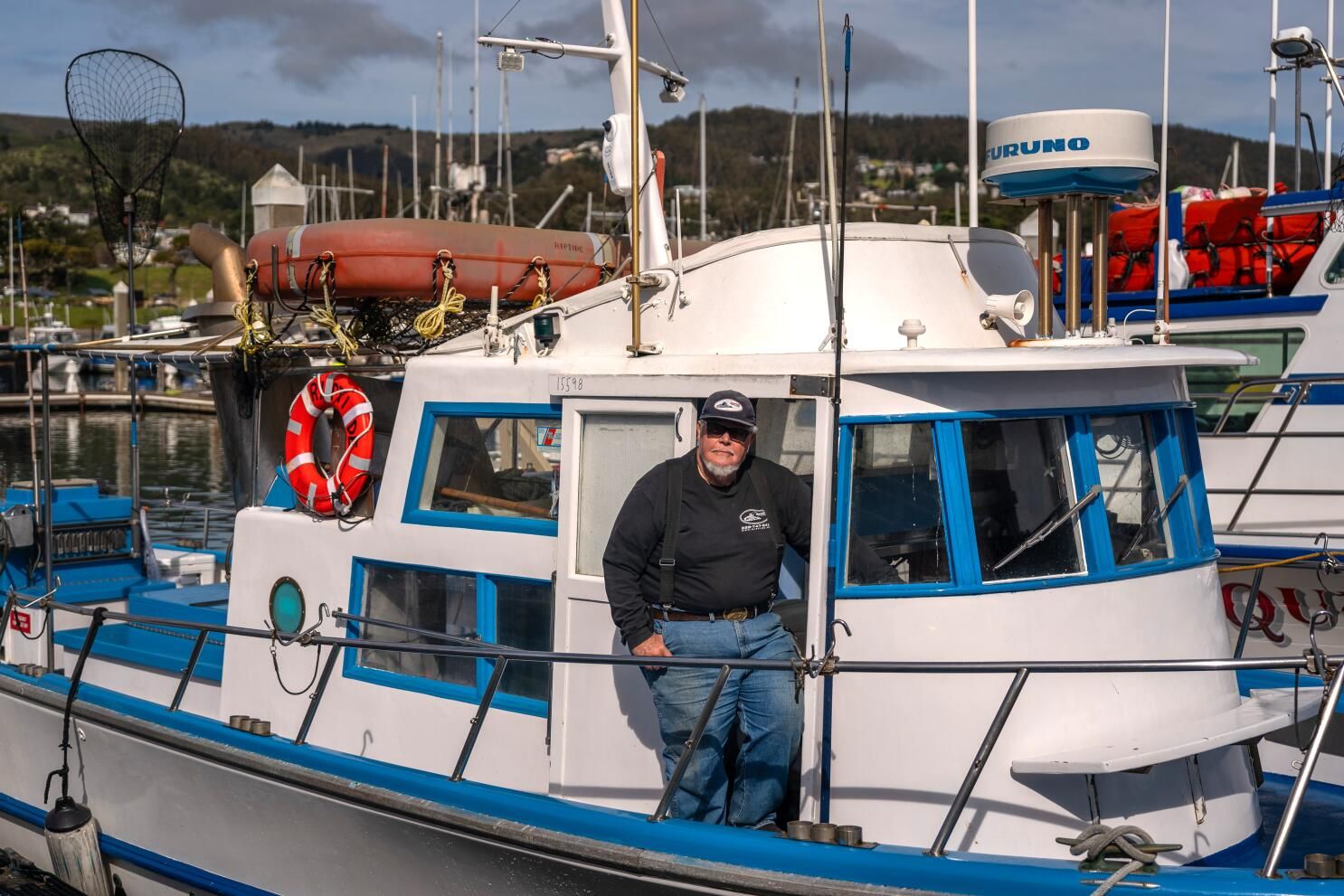Hidden Paths Of California’s Salmon Trade

Have you ever thought about the journey of California's salmon from river to plate? This fish plays a big role in the state's economy and culture. California's rivers are home to several salmon species, each with its own unique migration path. These fish travel hundreds of miles from the Pacific Ocean to their spawning grounds in freshwater rivers. Along the way, they face challenges like predators and changing water conditions. Once caught, salmon become a key ingredient in many dishes, loved by locals and tourists alike. The trade supports local fishermen, markets, and restaurants, creating jobs and boosting local economies. Understanding this journey helps us appreciate the hard work behind every delicious salmon meal. Whether you're a seafood lover or just curious, learning about California's salmon trade offers a glimpse into the state's rich natural and cultural heritage.
Discovering California's Salmon Trade
California's salmon trade is a fascinating journey through history, culture, and nature. From bustling markets to serene rivers, each location offers a unique glimpse into the world of salmon. Let's explore some of the most intriguing spots that reveal the secrets of this trade.
Where the Salmon Journey Begins
The salmon's journey starts in the cold, clear waters of California's rivers. These places are crucial for the life cycle of salmon, providing the perfect environment for spawning.
Sacramento River
This river is a vital artery for salmon migration. Every year, thousands of salmon swim upstream to lay their eggs. It's a sight to behold, with shimmering fish leaping through the water.Klamath River
Known for its rich biodiversity, the Klamath River is another key location for salmon spawning. The river's ecosystem supports a variety of wildlife, making it a haven for nature enthusiasts.
Markets and Ports: The Heart of the Trade
Once the salmon are caught, they make their way to bustling markets and ports. These places are the heart of the trade, where fish are bought, sold, and shipped worldwide.
San Francisco's Fisherman's Wharf
A lively hub of activity, Fisherman's Wharf is where fresh catches are brought in daily. The air is filled with the scent of the sea, and the market buzzes with the chatter of buyers and sellers.Monterey Bay
Known for its sustainable fishing practices, Monterey Bay is a leader in the seafood industry. The bay's fisheries are committed to preserving marine life while providing high-quality salmon.
Cultural Connections: Celebrating Salmon
Salmon holds a special place in the hearts of many communities. Festivals and cultural events celebrate the importance of salmon in local traditions and cuisine.
Fort Bragg's World Championship Abalone Cook-Off
While primarily focused on abalone, this event also highlights the region's rich seafood culture, including salmon. It's a celebration of flavors, with chefs showcasing their culinary skills.Yurok Tribe's Salmon Festival
This annual festival honors the Yurok Tribe's deep connection to salmon. Through traditional dances, storytelling, and feasting, the tribe shares its heritage and respect for the fish.
Conservation Efforts: Protecting the Future
Conservation is key to ensuring the survival of salmon populations. Various initiatives across California aim to protect these vital fish and their habitats.
Hatcheries in Shasta County
These facilities play a crucial role in boosting salmon numbers. By raising young salmon and releasing them into the wild, hatcheries help maintain healthy populations.Golden Gate Salmon Association
This organization works tirelessly to restore salmon habitats and advocate for sustainable fishing practices. Their efforts ensure that future generations can enjoy the bounty of California's salmon trade.
Reflecting on California's Salmon Trade
California's salmon trade is more than just a business; it's a vital part of the state's culture and economy. From the rivers where salmon spawn to the bustling markets where they're sold, each step in the journey is crucial. Fishermen, traders, and consumers all play roles in keeping this trade alive. Challenges like climate change and overfishing threaten this delicate balance, but efforts are underway to protect these valuable fish. Sustainable practices and conservation efforts are key to ensuring that future generations can enjoy California's salmon. As consumers, choosing sustainably sourced salmon can make a difference. Supporting local fisheries and being aware of the impact on the environment helps preserve this important trade. California's salmon trade is a testament to the state's rich natural resources and the dedication of those who work to protect them.

